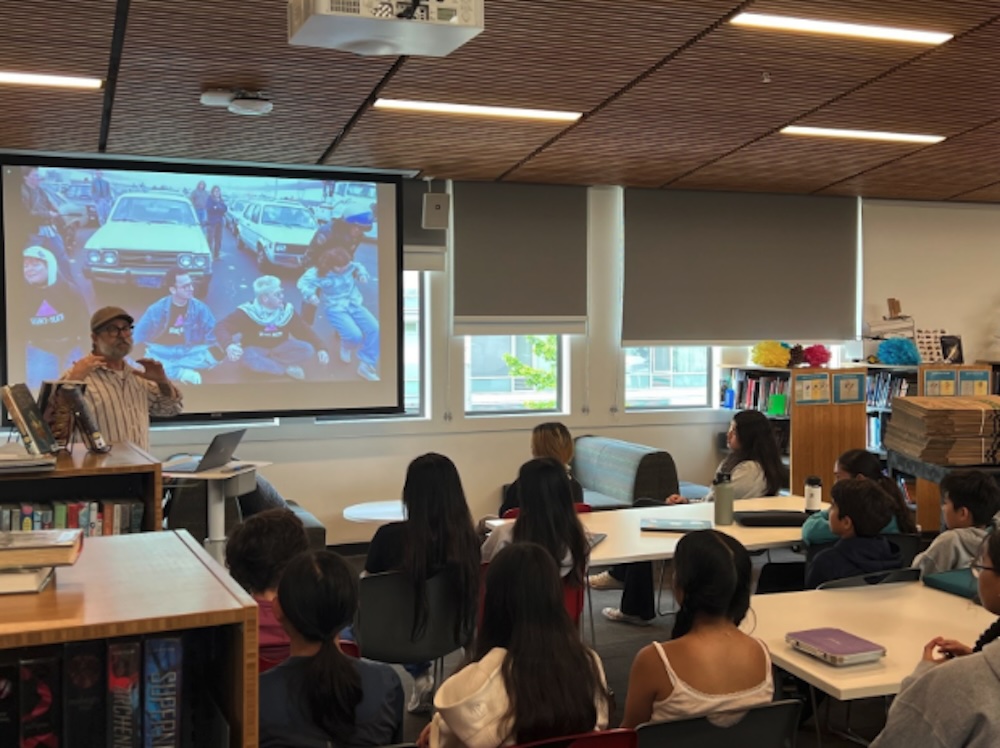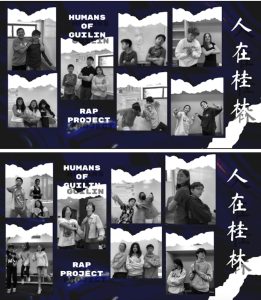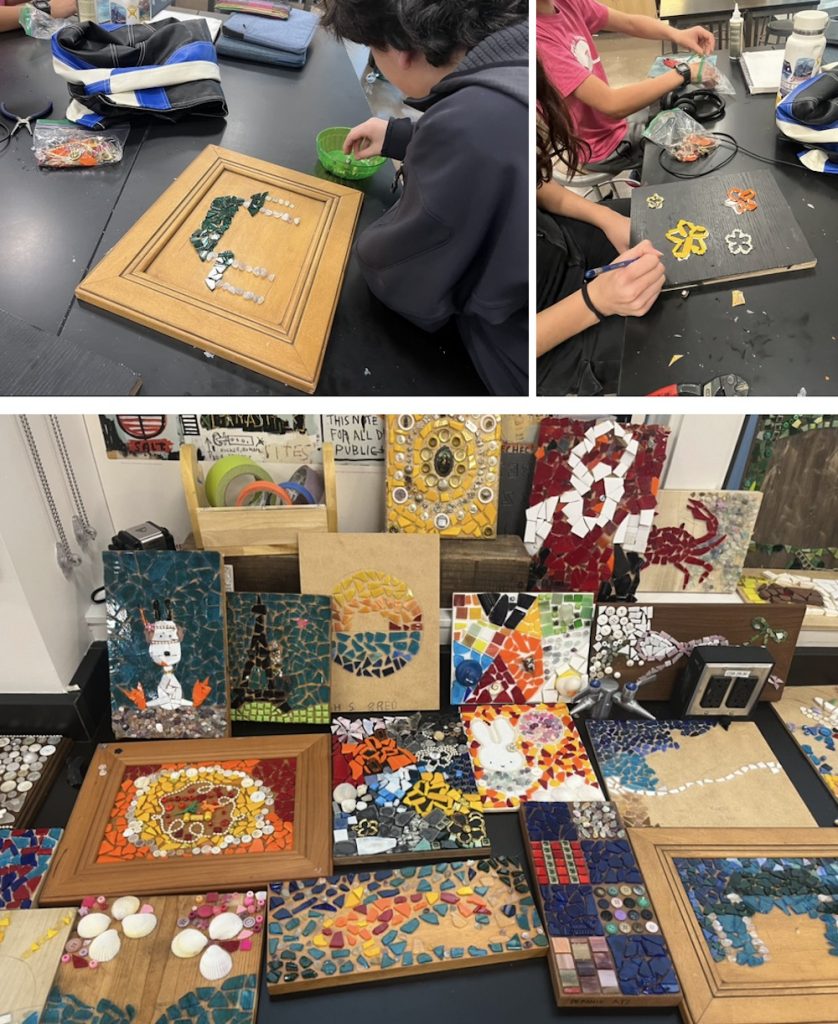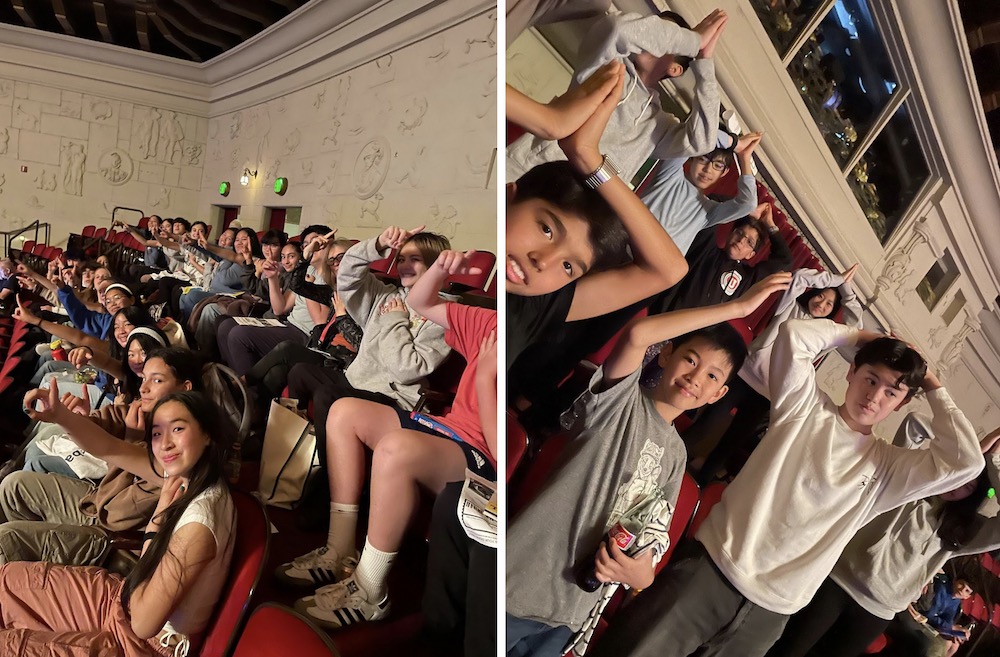Here are a selection of quick eighth grade teacher recaps from Middle School Head Joe Williamson’s newsletters this year to give a peek into the eighth grade classrooms in action.
Old Activism Meets New

The eighth grade Power Project is well underway during this final month of the class of 2024’s time at CAIS. In this project, students identify a social cause about which they genuinely care and devote their energies to researching its history, identifying organizations working on this issue, building an effective website and then connecting with the general public and motivating them to take constructive action.
A critical part of this project is bringing in guest speakers to share their experience with social activism and how citizens have taken action and made change. One of the most impactful speakers visited us recently and shared the history of AIDS activism. Mike Shriver came of age in San Francisco just when the epidemic was beginning to ravage our communities. Through his personal experience, he shared how an ignored and marginalized community used direct action and grass-roots organization to bring attention to struggle against AIDS. Mike was an early member of ACT-UP (AIDS Coalition to Unleash Power) and recounted the daring and controversial actions that forced the general public and those in power to take action to fight the AIDS epidemic. Though he recounted experiences that are now over 40 years old, the impact on his listeners was profound. “I never really knew how difficult it was for people during the era of AIDS—it motivates me to work harder on my own cause,” commented one of our young activists.
Humans of Guilin Rap Project

The “Humans of Guilin Rap Project” was born from a simple yet powerful idea: ordinary people have extraordinary stories. Inspired by “Humans of New York,” during our trip to Guilin, the 8th graders interviewed locals from various walks of life (i.e.,farmer, tea art master, Chinese medicine shop owner, Chinese teacher and hotel manager with ethnic minorities backgrounds, local restaurant owner, etc.), uncovering the extraordinary stories hidden within seemingly ordinary lives.
Upon returning, they translated these stories into rap songs, aiming to share the beauty they found with the San Francisco community. Their flows, rhymes, and dedication wowed the audience, leaving a lasting impact. Through this project, the students not only celebrated the beauty of ordinary lives but also demonstrated the power of creativity and empathy in connecting communities. Feel free to check out their epic rap performances!
Eighth Grade Mosaics Unit

Eighth Grade Artists are nearly finished with their Mosaic Unit. Inspired by the work of mosaic artist Jack Whitten, they’ve spent the last few weeks practicing the elements of Composition and Color to create striking mosaic pieces mounted on wood. Each artist was encouraged to include a sentimental personal object, to memorialize this transitional moment in their lives. The final step is to apply the tile grout and to polish up the pieces for display.
You Can’t Stop the Beat! Seeing Hairspray!

Students in eighth grade have been looking closely at how works of both fiction and nonfiction are adapted into other mediums with a focus on musical theater. The culminating event of the first part of our studies was a visit to the theater to view Guys and Dolls, a rousing 1950’s musical based on short stories by Damon Runyon.
In the second part of this course of study, we have looked at how historical events and individuals have formed the basis for musical theatre productions. Students began by researching and discussing works as diverse as Come From Away and Funny Girl. Next, we took a deep dive into the process whereby the difficult integration of the Buddy Deane teenage dance show in 1963 Baltimore inspired John Waters to create his 1988 film, Hairspray. This timeless classic then inspired the musical stage production which we watched this week. The production at the Orpheum Theater did not disappoint. The cast was excellent and sang and danced masterfully as the script followed the tale of Tracy Turnblad as she joined the fight for integration of her favorite afternoon teen dance show. Our young viewers could not help themselves but sing “You Can’t Stop the Beat” as they left the theater.
